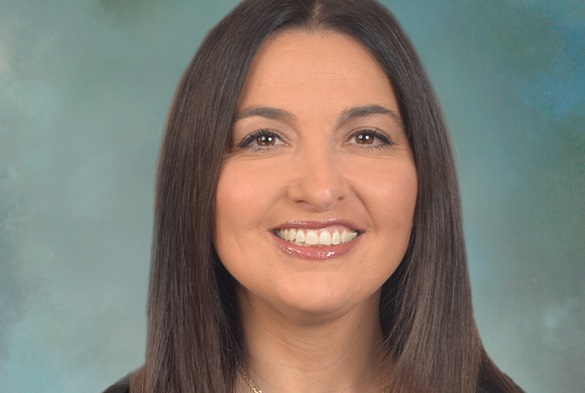One big unknown for Opportunity Zone investors is the definition of substantial improvement. The regulations call for building investments to have substantial improvements made to them in keeping with the spirit and intent of the regulation.
But when you get down to the nitty gritty, a definition is necessary. Lisa Knee, partner and co-leader of accounting firm EisnerAmper's Real Estate Practice Group, explains that there are different ways to look at expenditures under the tax law, which is why a definition for substantial improvement is so crucial.
“The statute provides that the substantial improvement test requires additions to basis to exceed the adjusted basis of the property at the beginning of the 30 month period,” she tells GlobeSt.com. “Expenses can either be deducted or capitalized under the repair regulations. If they are capitalized the developer may also take bonus depreciation or a Section 179 deduction, which could allow some items to be written off,” she says.
“What hasn't been addressed and needs to be is whether the IRS will look at a strict definition of improvements in determining the notion of additions to basis, or if it will look at the total actual expenditures with respect to that building.”
In the big picture, Knee describes it this way: the substantial improvement definition could be one based on total cost expenditures or something based on the strict definition of what must be capitalized.
There are related questions as well, such as with substantial improvements to land. Do those qualify under the original use test, for instance.
This is not the only uncertainty facing investors in Opportunity Zones of course, but it is a significant one. For some investors planning improvements to an investment, this uncertainty is a cause for hesitation, Knee says.
The US Treasury Department is holding a hearing tomorrow on Opportunity Zones but it is highly unlikely that substantial improvement or other lingering issues will be addressed. Rather, it is expected that additional guidelines will be issued later this year that will include this and other areas of uncertainties. The meeting on Feb. 14, is expected to hear comments on the regulations that the Treasury Dept. already released.
Some Remaining Questions
According to a White Paper that Knee and her team put together, there are several remaining areas where questions remain.
- Related party leases. The law sensibly excludes owners from selling to a related party (e.g. a spouse or trust controlled by the seller) and then claiming the benefit for an existing investment. However, it doesn't specifically exclude LEASING to a related party in the same manner.
- Does residential real property count? While an existing IRS code (Sec. 1397C(d)(2)) specifically excludes residential real property from the business definition, the QOF provisions use residential real property as an example of a business in one of sections on how the law is intended to work.
- Can you claim them for property you own with a triple net lease tenant? If the owner isn't paying any of the lease, existing rules suggest it shouldn't count.
- Do you need to substantially improve a vacant property for it to count? Revenue Ruling 2018-29 provides that QOF does not need to separately substantially improve land upon which a building is located but they don't address a vacant parcel of land or whether improvements to vacant parcels fall under the “original use” test.
- If you borrow money and then pay it out as distributions on the investment in excess of the basis of investment, that normally triggers a taxable gain. It isn't clear if doing that affects the deferral and basis elections with respect to that portion of the QOF investment.
- There is no hard-and-fast rule right now of how long you have to reinvest gains from the sale of a QOF and preserve the tax-deferral.
© Touchpoint Markets, All Rights Reserved. Request academic re-use from www.copyright.com. All other uses, submit a request to [email protected]. For more inforrmation visit Asset & Logo Licensing.








